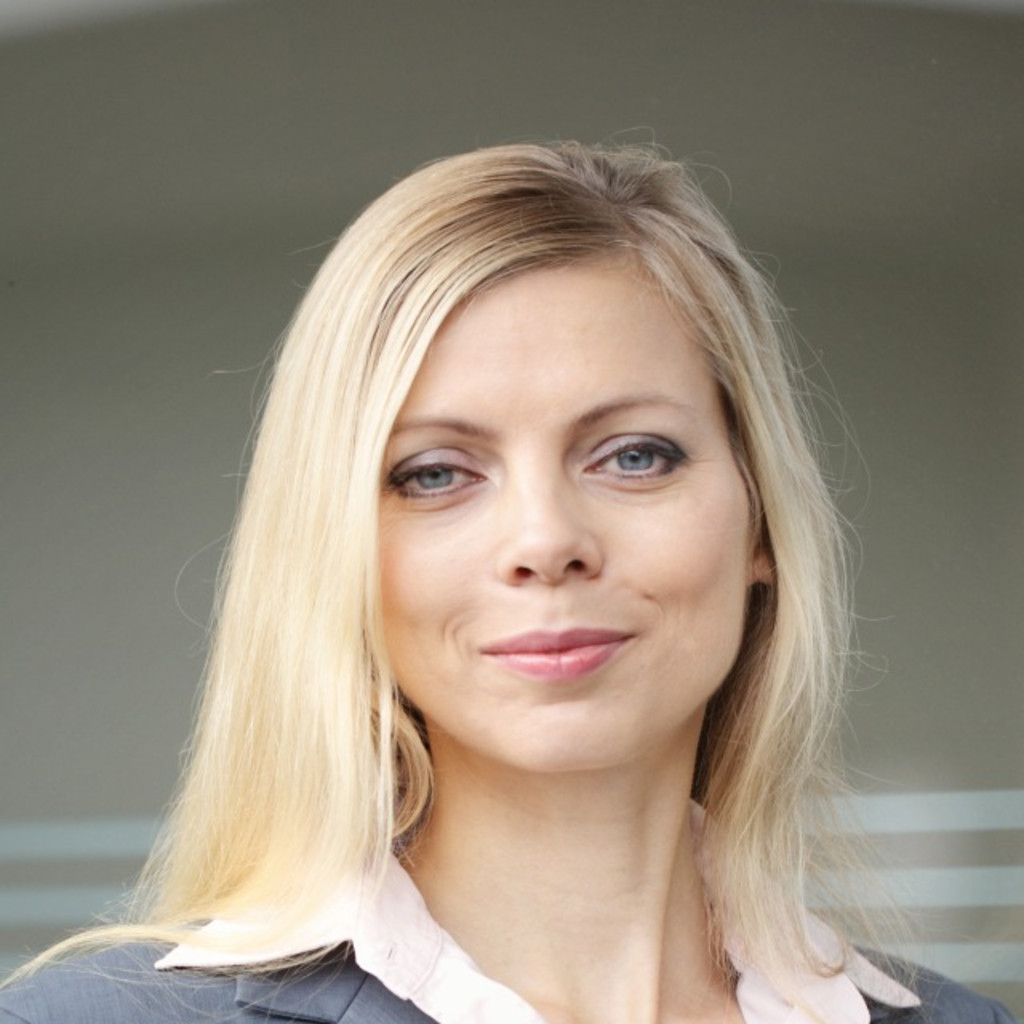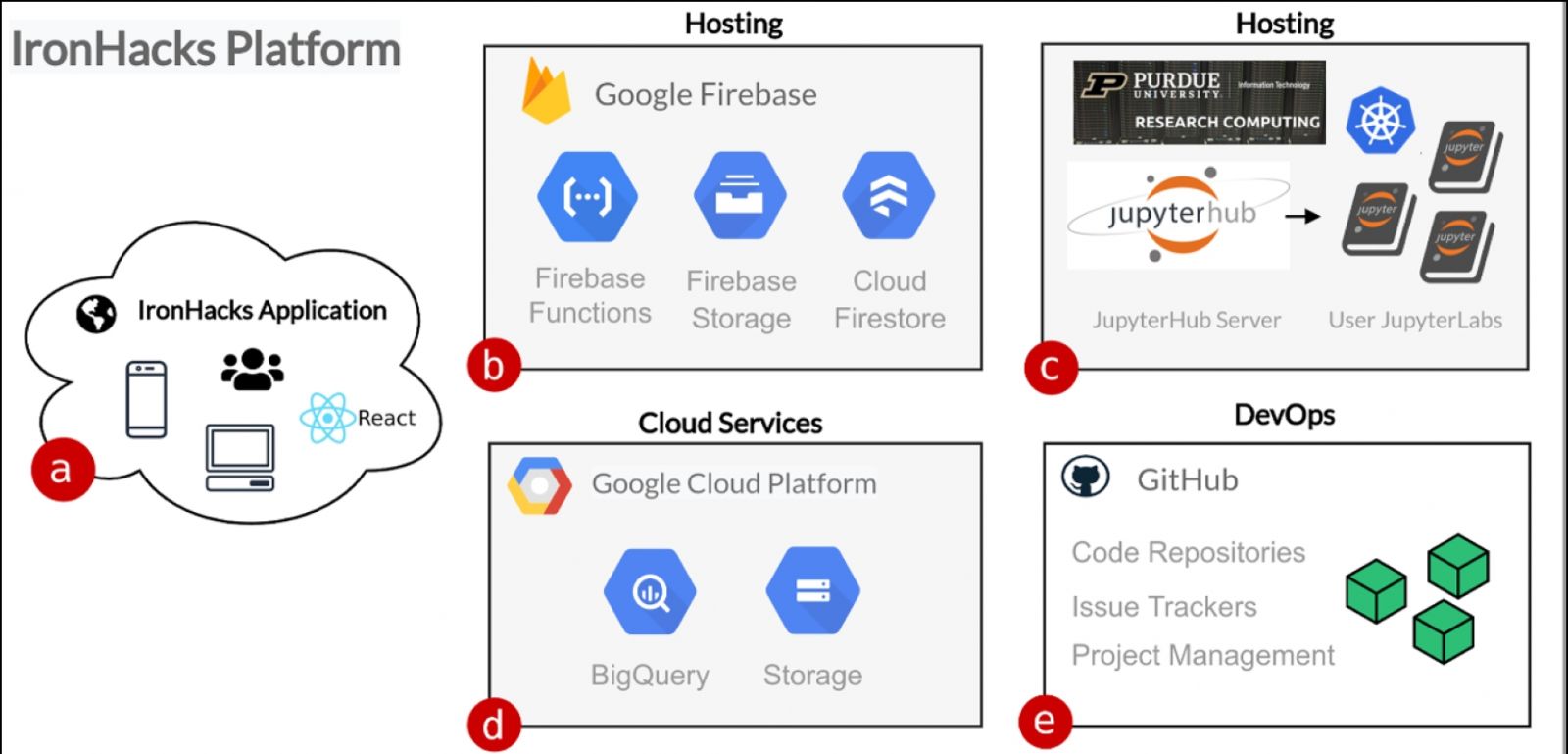
Last fall semester, Sabine Brunswicker, professor of technology leadership and innovation, and a team of student leaders in the Department of Technology Leadership and Innovation (TLI) spearheaded the latest IronHacks data analysis-and predictions challenge. The most recent hack, open to all coding and data analytics enthusiasts, required competitors to accurately predict the number of unemployment claims throughout Indiana during the fall. This continued an ongoing theme in recent IronHacks of predicting social phenomena affected by the COVID pandemic.
IronHacks administrators had the opportunity to collaborate with Indiana state entities to procure data on state-level unemployment throughout 2022. Competitors then used this data to make their own complex statistical models, with the ultimate goal of accurately determining Indiana’s total unemployment claims in the following weeks. The difficulty was also heightened due to its design as a challenge with individual competitors; several prior hacks required teams of participants, but this round only accepted the work of unaccompanied competitors working independently.
What makes IronHacks different
Unemployment data was provided by the Indiana Department of Workforce Development (DWD). Brunswicker stated, “What was also unique about this challenge is that we had ‘rolling data’ [from DWD]. So every time we got an update, we also [had] additional data to work with. When you work in a real-world setting … you have a stream of data that comes in every day, so this process also exposes you to a scenario you might be dealing with professionally in the future.”
Harsha Pavuluri, senior in computer engineering and an IronHacks administrator, commented, “The competition gets tougher with more excitement as you move through each week because you are expected to make predictions with a larger lag.”
The IronHacks team also emphasized that this competition takes place over a longer time frame than traditional “hackathon” events. Therefore, competitors are encouraged to “reflect, learn, think and revise” in regards to their code and predictions, allowing for even deeper use of DWD’s rolling data.
Jia Lin Cheoh, graduate research assistant and an IronHacks administrator who interviewed the winners, said, "The contest was intense as participants from varying skill levels competed by trying at least five models throughout the hack. The participants very much appreciate that we scored them not only on the models’ accuracy but the effort they spent trying out more models.”

The winners, from Purdue and beyond
Mick Krongchon (PhD student, physics, University of Illinois Urbana-Champaign), this fall’s first place competitor, was able to do exactly that by getting an accurate, in-depth assessment of his skill level through IronHacks’ design and ethos.
“I wanted some experience with competition, because doing data analysis and coding with Python is what I do in my research,” said Krongchon. “That’s what I’ve done almost every day for several years now. But I hadn’t really put it to the test in a competition. So basically, I wanted some competitive experience – and secondly, I just wanted to use my skills to analyze real-world data. That was probably the most attractive part of this.”
In addition, several Boilermakers made it into the top five spots out of nearly 200 competitors. Doug Crabill, senior academic IT specialist in the Department of Statistics, earned second place, and Memoria Hu, senior in data visualization, earned fourth place. Both competitors have very different sets of expertise and showcase how IronHacks benefits from a wide array of specialties among competitors.
Crabill reflected that “this was actually a great learning experience, because I’d never done any sort of predictive model before. So this was sort of a trial-by-fire – just having to get in there, dig and do the research. I value the experience.”
Hu similarly comes from a different background than most participants.
“I think this is a really good opportunity, even though I’m not a major directly in this field,” said Hu. “I still got the chance to challenge myself and I really appreciate that.”
The scoring system
Manthan Keim, graduate teaching assistant and an IronHacks administrator, pointed out that the creators have gone through a great deal of effort to judge competitors along much deeper metrics than other hacking competitions of similar scales.
“For instance, we track every click a user makes in their code notebook,” said Keim. This allows them to accurately determine the amount of effort, time and exploration a competitor goes through in the creation of their predictive model.
Metrics related to prediction accuracy for unemployment claims were available almost instantaneously after competitors submitted their work, as administrators could instantly compare this against the real-world dataset. Keim said that unlike most other events of its kind, IronHacks also utilizes an intricate formula to judge the quality of the competitors’ code directly.
Altogether, the uncommonly large number of user metrics collected over the course of an IronHacks competition mean that the competitor’s submissions could be judged in “two dimensions: prediction accuracy, and individual exploration and learning (the effort to explore a variety of different models).”
The goal with this more thorough approach was for IronHacks administrators to remove the “subjective evaluation” process, whereby individual experts unilaterally select winners – a problem that can plague decision-making in competitions of this kind. IronHacks replaces this system with more objective and transparent measures.

What comes next
For faculty and graduate students who want to learn more about how they can leverage the IronHacks platform in their own academic research or programs, the creators and administrators are holding a workshop on Friday, April 21, from 11 a.m. to 4 p.m. The workshop will take place in Beering Hall (BRNG), room B222, and will focus on the emerging fields of computational liberal arts (CLA) and computational social sciences (CSS).
The organizers believe that IronHacks has many potential applications for future research in liberal arts and social science programs, on topics such as social networking, design and creative work in digital spaces, privacy in the age of data and AI, misinformation research and much more.
RSVP for the April 21 workshop at IronHacks’ blog.
